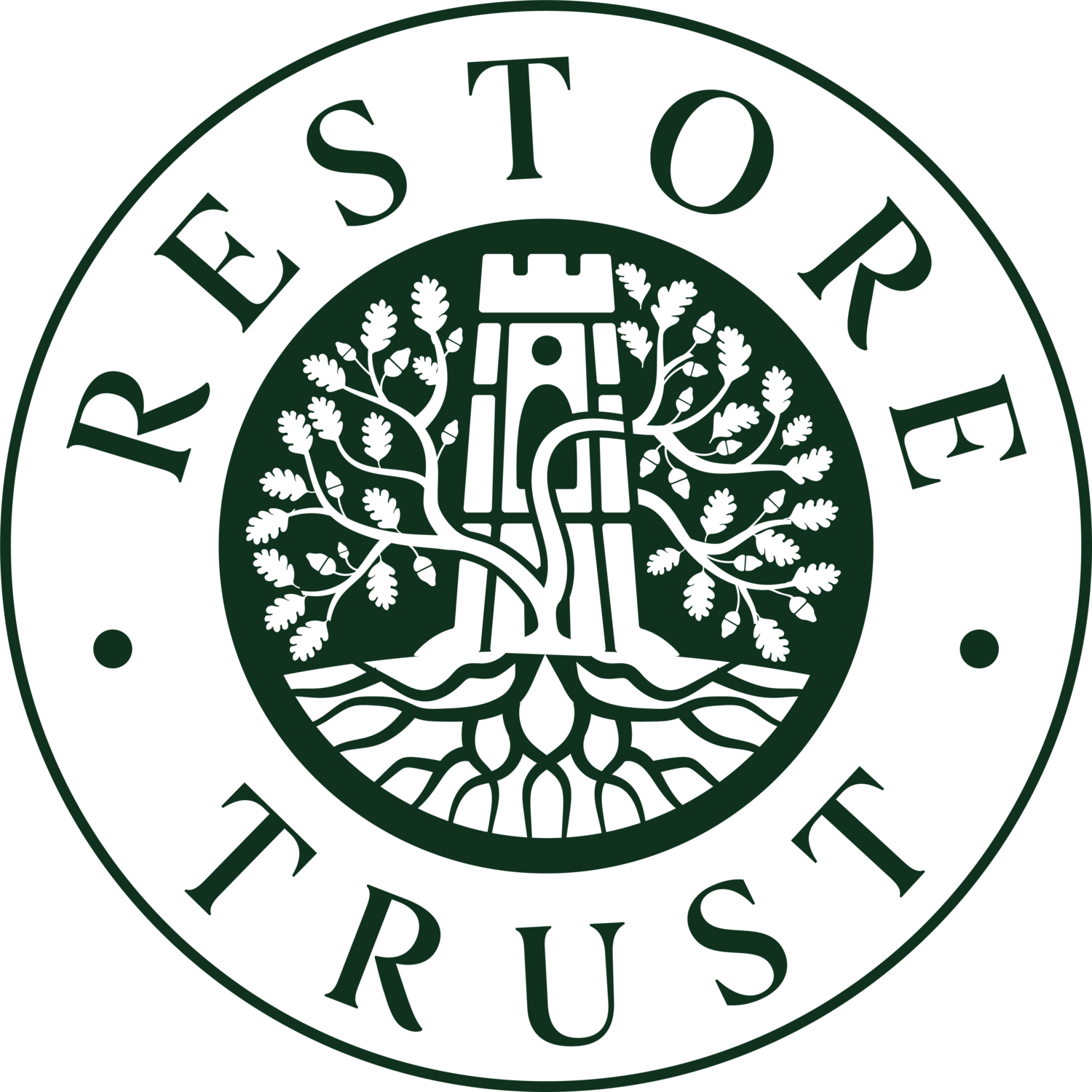‘Why does the National Trust poo-poo its past?’
Charles Moore comments on the current controversial display at Tyntesfield and other travails of the National Trust in the Daily Telegraph:
The conservation behemoth does not foster interest in the heritage whose preservation is part of its founding purpose
At Tyntesfield, an enormous Victorian house in Somerset, the owner, the National Trust, is exhibiting a large “sculpture” or “installation” made of dead organic materials “winding their way around the house”. The work is called “The Uninvited Guest from the Unremembered Past”.
In the photograph, published in this paper, it appears to be flowing out of a handsome fireplace. As we reported, “Online posts linked the pieces to a mound of excrement.” Studying the photograph, I am bound to agree.
Why is it there? The National Trust praises the artist, Nicola Turner, for having “disrupted” Tyntesfield: “These materials hold traces of memory, exploring ways of listening to past, present and future, inviting us to reflect on Tyntesfield’s history.” Given that the house is widely regarded as Britain’s richest repository of Victorian taste, you would have thought that there were quite enough “traces of memory” provided without adding imitation turds.
After all, Tyntesfield was originally taken on by the National Trust, assisted by £17.5 million from the National Heritage Memorial Fund and many millions of pounds in other grants, because of its unique scale and range. This new artwork just gilds – or rather, defiles – the lily.
So what need of “The Uninvited Guest…”? I suspect that the Trust is hinting at a point it likes to see made but does not wish to state plainly. Tyntesfield was built on the profits of guano – bird and bat excrement turned into fertiliser – made by the Gibbs family some two centuries ago.
In recent years, the National Trust has started to defame its own properties. Its Colonial Countryside Project, for instance, invited school children to visit houses whose past owners were connected with slavery or “colonialism” and where they wrote rude poems about them. Some might think Tyntesfield qualifies for such treatment because the workforce mining the guano was chiefly composed of indentured Chinese labour. So my guess is that “The Uninvited Guest…” is a great pile of pseudo-poo intended to symbolise the excess and exploitations committed by the Gibbses long ago.
If so, this is an eloquent symbol of how the National Trust today often treats the houses in its care. Instead of studying their past – discreditable or otherwise – in a scholarly way, it strikes attitudes about them. This is unjust stewardship of our country’s heritage.
When Tyntesfield came on the market at the beginning of this century the National Trust, under Dame Fiona Reynolds, its distinguished director at that time, moved heaven and earth, via her £35 million appeal, to save it.
It is impossible to imagine today’s National Trust making such an effort. In 2015, the great 18th-century Clandon House in Surrey burnt down under its stewardship. The Trust collected over £60 million in insurance but is refusing to rebuild it.
This year, the National Trust’s annual general meeting falls on November 2. Members must vote by late October. The chief issue is prompted by the Trust’s uncaring attitude to its country houses, gardens and farms, but goes wider still. It is about how to run a membership organisation.
The National Trust’s once member-friendly arrangements have suffered capture by its grandees on the Board of Trustees and its executives. They have invented Quick Vote, a tool which has served to entrench their position. There are 167 candidates for election to the Council this year, a preposterously large number when there are only six vacancies. There are also many resolutions, and votes to renew or alter the list of “appointing bodies” which have the right, between them, to supply half the members of the Council.
Members are therefore tempted to use Quick Vote because it simplifies the system. The snag, however, is that it decides for you. Quick Vote goes 100 per cent in favour of what the Council and Board of Trustees recommend. If you wish to dissent, you are on your own.
For election to the Council, Restore Trust, the members’ organisation for those unhappy with this lack of democracy, endorses six candidates: Philip Gibbs, Professor Lawrence Goldman, Dr Tiffany Jenkins, Colin Kerr, Dr Bijan Omrani and Patrick Streeter. Needless to say, these well-qualified candidates have not been endorsed by the National Trust, so if you choose Quick Vote, you lose them.
It is a notable feature of the modern National Trust that it does not foster interest in the architectural and artistic heritage whose preservation is part of its founding purpose. It therefore does not recommend for election to its Council either of the bodies most expert in the architectural periods strongly represented in the National Trust’s estate – the Georgian Group and the Victorian Society.
Nor, despite owning over 600,000 acres of agricultural land, does the National Trust care for farmers. Restore Trust advocates a vote to bring the Tenant Farmers’ Association on to the Council. The National Trust opposes.
A flavour of the National Trust’s current attitudes is expressed in a resolution demanding “a policy of serving a minimum 50 per cent land-based plant choices at its eating outlets”. These “choices” are highly unpopular with members; but remember, we must all suffer to save the planet.
Vegan food has an added advantage for the National Trust which it does not mention: it will save money (much needed as membership is falling) and provide cover for its recent policy of rejecting locally sourced food in favour of what can be centrally and drearily supplied.


